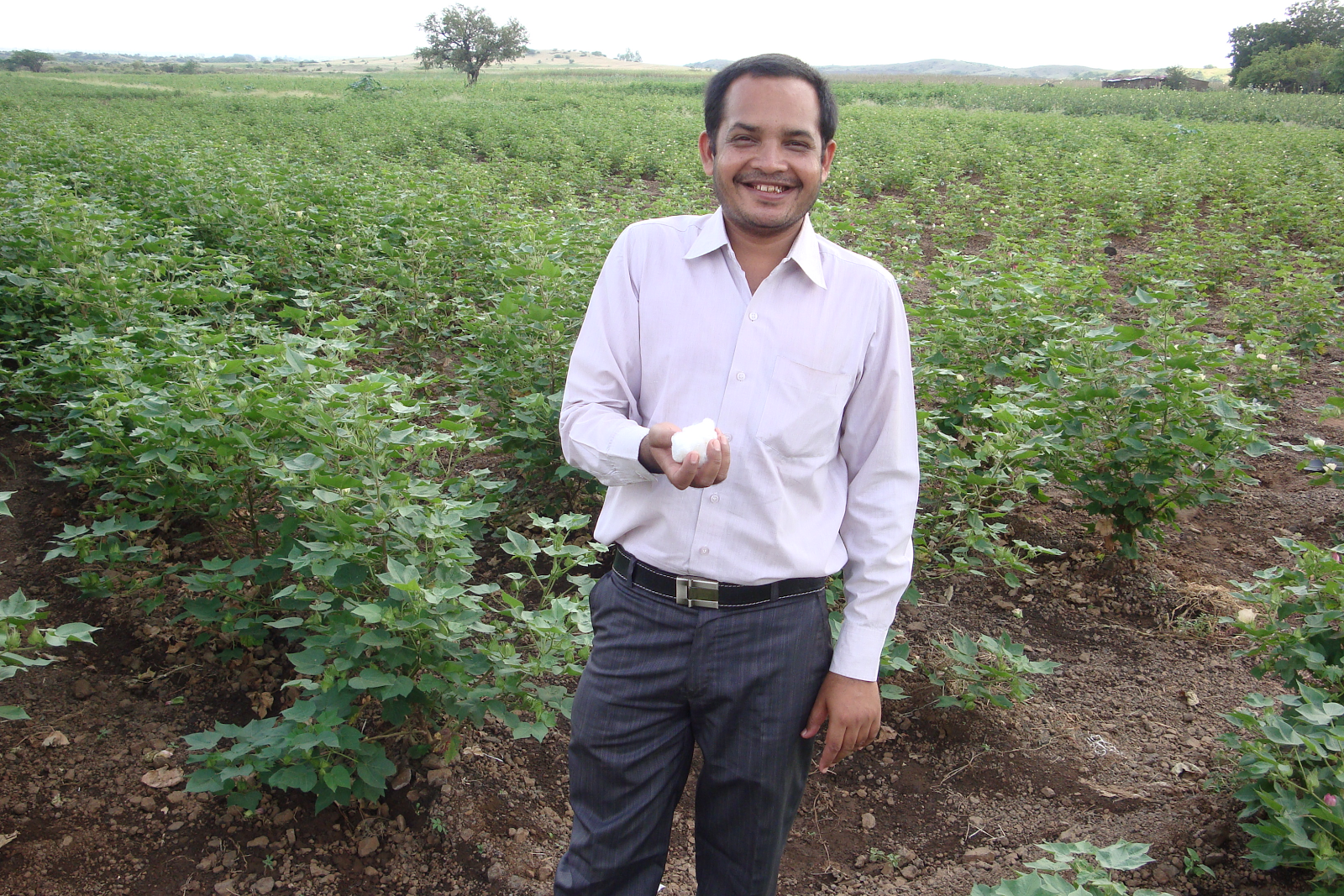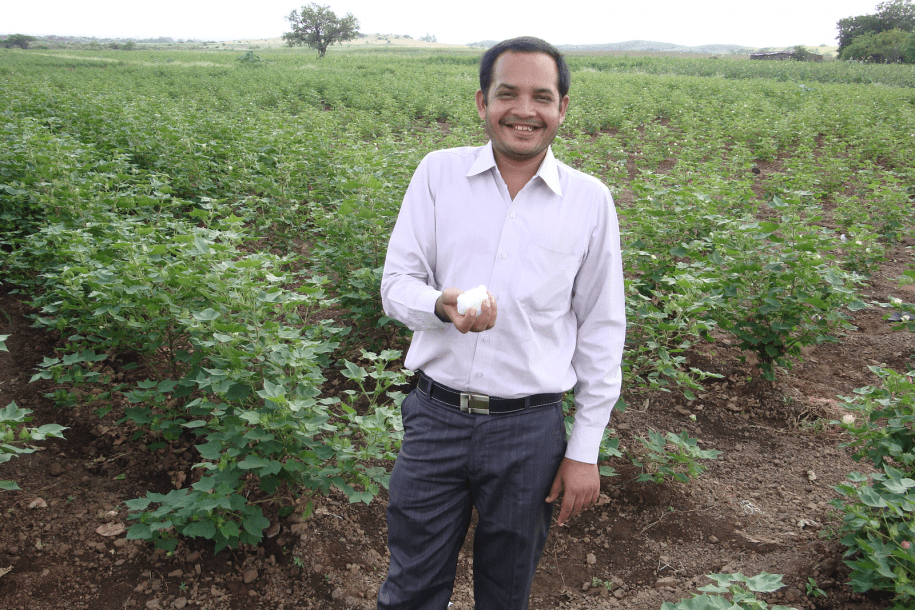.png) |
| The voice behind AO: Tarun Pokiya (Agruculture Research Assistant at CMF) |
As we explore the scalability of similar information and communication technologies (ICTs), it is extremely crucial that we have an understanding of factors that affect the take-up of such products, particularly those that help build the respondent’s trust in such innovations.
A crucial factor to ensure optimal use of new technologies like AO is ensuring that respondents understand the different features that are available to them. Not only does this ensure that the respondent receives maximum benefit from the system but this also helps build familiarity with those providing the service. Focus group discussions reveal that respondents initially began to experiment with using AO primarily because of the interaction with surveyors during the training. Our team of surveyors explained in detail to the farmers how they could use AO, the different features available- including receiving weekly information, asking agricultural questions, listening to the experiences of other farmers, etc. In-person training also help to assure the farmer that the line is actually toll-free since many seem to be apprehensive that they might lose money by calling in to AO. Most importantly, in-person training helps the farmer put a face to this digital service – a step that goes a huge step in alleviating their concerns and encouraging them to use the service.
An important aspect of ensuring that farmers continue to use and trust the information provided by such services is providing prompt, efficient and relevant advice. For those using AO, we ensure that information is sent to them every Wednesday, all answers to questions are provided within two days, and regular check-ins are conducted with smaller groups of farmers to understand their needs based on crop and season. During focus group discussions, farmers expressed that using AO has served both as a source of new information, as well as allowed them to verify the recommendations of local input dealers – practices which ensure that they save money and time, and hopefully, help improve agricultural outcomes in the future. However, there are still a number of barriers that we face to ensure complete adoption – many farmers mentioned that they prefer seeing in-person demonstrations for the less dynamic and more risky decisions, such as choosing seed types, etc. While farmers seem open to services like AO for more dynamic agricultural decisions, we hope that with greater permeation of mobile phones in rural markets and increasing technological innovation, we will be able to meet the needs of many more.





